CARING WITH FAMILY
|
| Each dog breed has its unique level of affection toward family members and familiar faces. Some breeds may reserve their fondness exclusively for their owners maintaining a distant demeanor with everyone else. On the other hand, there are breeds that seemingly have an endless well of love treating every acquaintance as if they were long-lost pals. The warmth and sociability a breed exhibits can vary widely with each having its own definition of a 'best friend.' |
LOVE WITH CHILDREN
Unwise
Good With Children
|
| The degree of patience and tolerance that different dog breeds exhibit towards children can range considerably. Some breeds are renowned for their gentle demeanor and protective instincts making them natural companions for the energetic and unpredictable nature of kids. These breeds often thrive in a family setting demonstrating a remarkable family-friendly attitude. |
BEHAVIOR WITH DOGS
Unwise
Good With Other Dogs
|
| A breed's inherent friendliness towards other dogs is as varied as the breeds themselves. While some have a natural predisposition to mingle and play well in the company of their canine counterparts, others might be more reserved or selective in their interactions. |
SHEDDING LEVELS & MANAGEMENT
No Shedding
Hair Everywhere
|
| The amount of fur a dog breed sheds can vary greatly, with some breeds known for being heavy shedders. These breeds often require frequent brushing to manage their shedding fur which not only helps keep their coat healthy but also minimizes the amount of hair deposited around the home. People with sensitivities or allergies to pet dander may be more affected by higher-shedding breeds. |
COAT GROOMING STANDARDS
|
| The grooming requirements, including bathing, brushing, trimming, and other coat maintenance, can vary greatly among different breeds. When considering a breed it is essential to take into account the time patience and budget you have available for grooming. Some breeds have relatively low-maintenance coats that only require occasional brushing to keep them free from tangles and mats. These breeds may only need bathing when they become particularly dirty or odorous. |
DROOLING INTENSITY
Less Likely to Drool
Always Have a Towel
|
| The propensity for drooling varies significantly across dog breeds. Some dogs are known for their slobbery expressions leaving behind strings of drool on your arms or large damp patches on your clothing. If you lean towards maintaining a particularly tidy environment or prefer not to handle excessive saliva these drool-prone breeds might not align well with your lifestyle. |
COAT STYLES GUIDE |
| Double |
| COAT SPECTRUM |
| Medium |
FRIENDLINESS
Reserved
Everyone Is My Best Friend
|
| A dog breed's inclination to welcome strangers is a trait deeply ingrained in its temperament which can vary widely among different breeds. Some breeds are naturally reserved or vigilant showing caution or aloofness towards strangers regardless of the setting. These dogs often require careful socialization to ensure they respond appropriately to new people. |
LIVELINESS
Only When You Want To Play
Non-Stop
|
| Playfulness is a characteristic that varies among dog breeds and individual dogs. Some maintain a puppy-like zest for play throughout their lives, always eager to engage in games like tug-of-war, fetch or interactive puzzles. These breeds often require more exercise and mental stimulation as play is a key component of their daily routines. An example of such breeds would be Border Collies, Labradors or Australian Shepherds, known for their enduring energy and love for play. |
VIGILANCE INTENSITY
What's Mine Is Yours
Vigilant
|
| Some dog breeds have a strong instinct to alert their owners about the presence of strangers which can make them excellent watchdogs. These dogs tend to be very responsive to unfamiliar sounds or sights, and they might alert you to someone at the door a car in the driveway, or even unexpected wildlife in the yard. |
ADAPTATION CAPACITY
Lives For Routine
Highly Adaptable
|
| A dog breed's adaptability to change encompasses its ability to acclimate to shifts in environment, routine, and overall lifestyle. Some breeds are remarkably flexible, taking changes in stride without much stress. They can easily adjust to different living conditions, tolerate noise, adapt to new schedules and cope with fluctuating weather. These breeds are often recommended for people who travel frequently move regularly, or have unpredictable schedules. |
OBEDIENCE LEVEL
Self-Willed
Eager to Please
|
| The ease of training and a dog's willingness to learn often greatly depend on the breed's characteristics, including their history, general temperament, intelligence and eagerness to please. Certain breeds are known for their trainability and often excel in obedience training, agility, and learning new tasks or tricks. These breeds usually have a strong desire to please their owners and are highly motivated by praise, treats or play. |
STAMINA LEVEL
|
| The exercise and mental stimulation requirements of a breed can have a considerable impact on the daily routine and lifestyle of their human companions. High-energy breeds typically need regular vigorous exercise and plenty of mental engagement to stay healthy and happy. Without sufficient activity, these dogs may develop behavioral issues due to pent-up energy. |
VOCALIZATION
|
| Likes To Be Vocal |
LEARNING CURIOSITY LEVEL
Happy to Lounge
Needs a Job or Activity
|
| significantly across different breeds. Purpose-bred dogs, particularly those from working or herding backgrounds tend to require a lot of mental engagement. They were bred for jobs that involve complex behaviors like decision-making, problem-solving and intense concentration. |
| COLORS |
|
Description
|
Registration Code
|
|
White
|
199
|
|
White & Black
|
202
|
|
Black & White
|
019
|
|
White & Gray
|
210
|
|
Gray & White
|
105
|
|
White & Red
|
214
|
|
Brown & White
|
063
|
|
| PATTERNS |
|
Description
|
Registration Code
|
|
Black Markings
|
002
|
|
Tri-Colored
|
086
|
|
Buff Markings
|
031
|
|
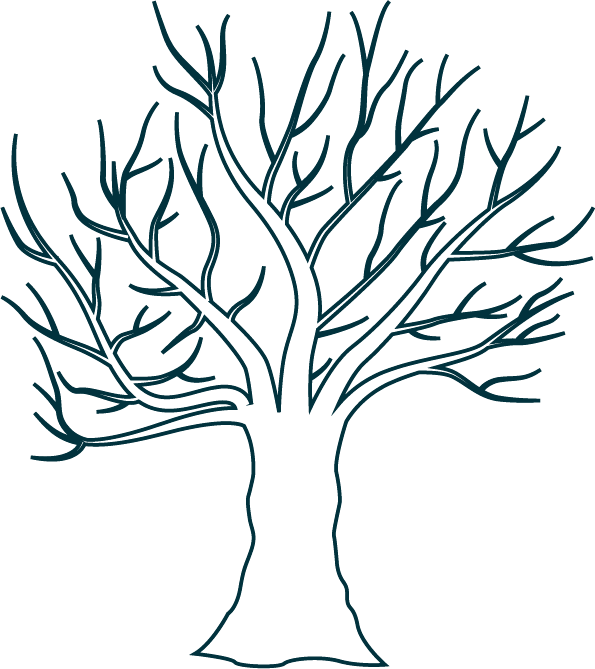


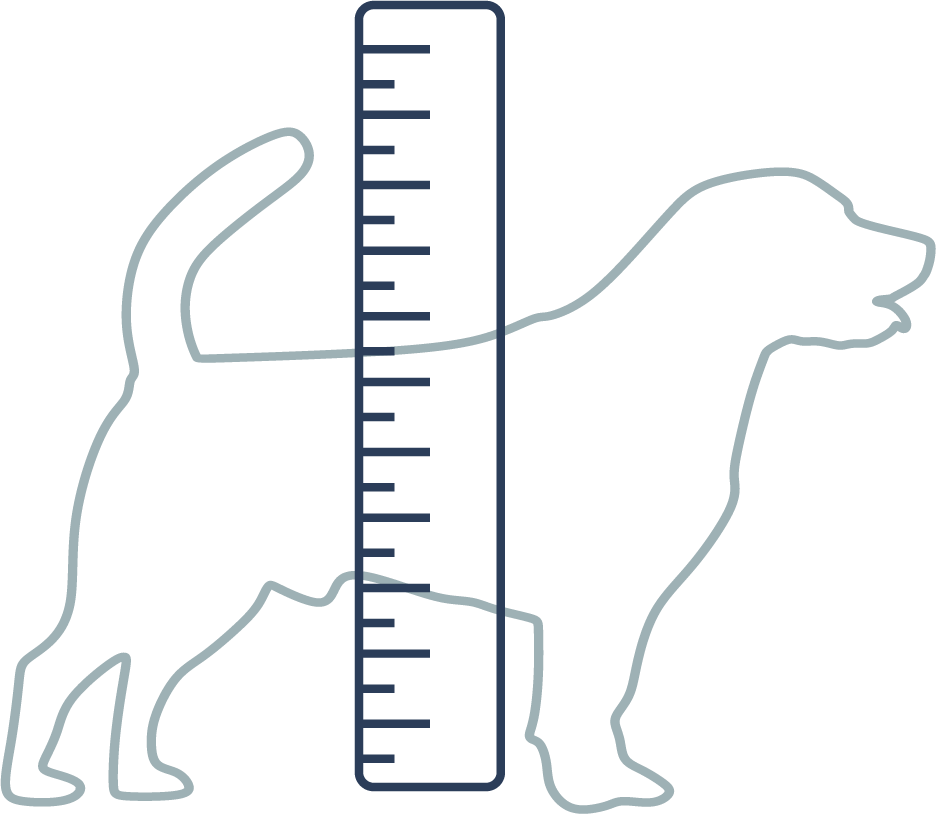


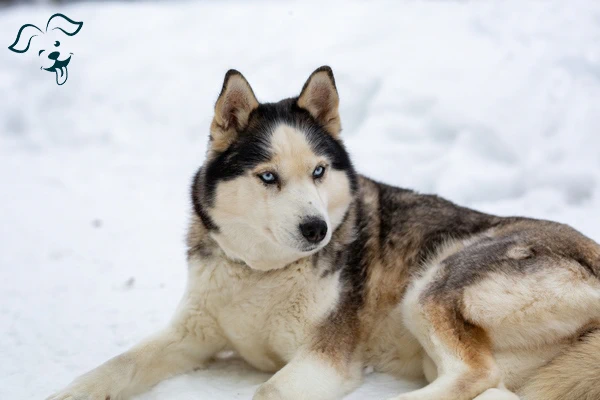
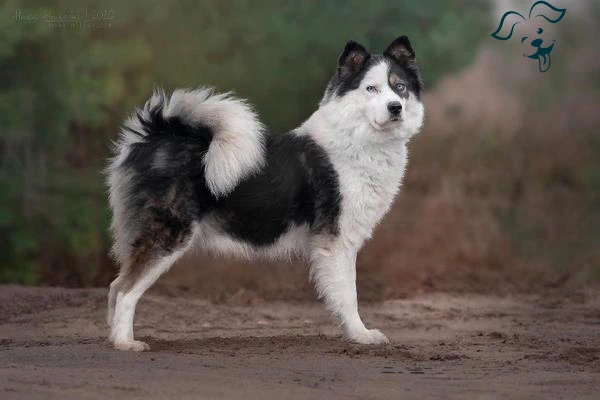
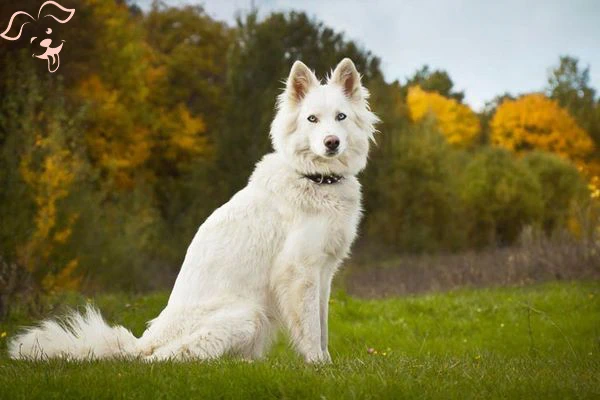
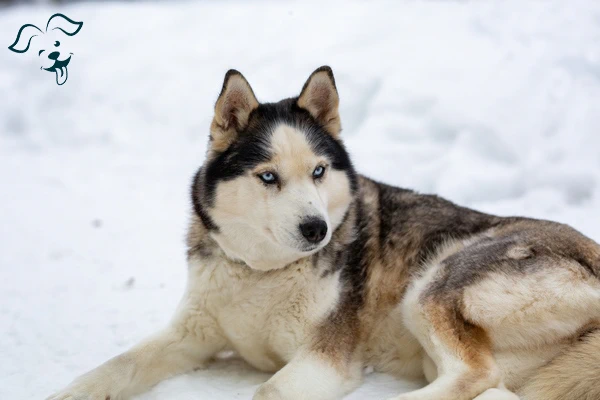




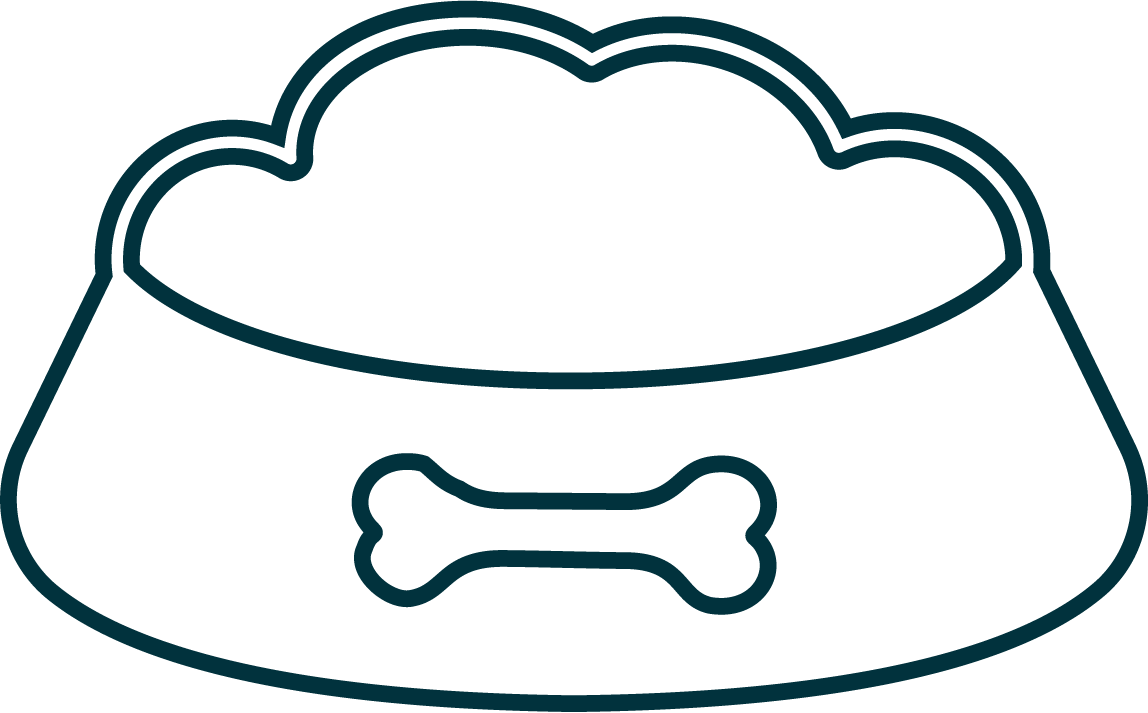

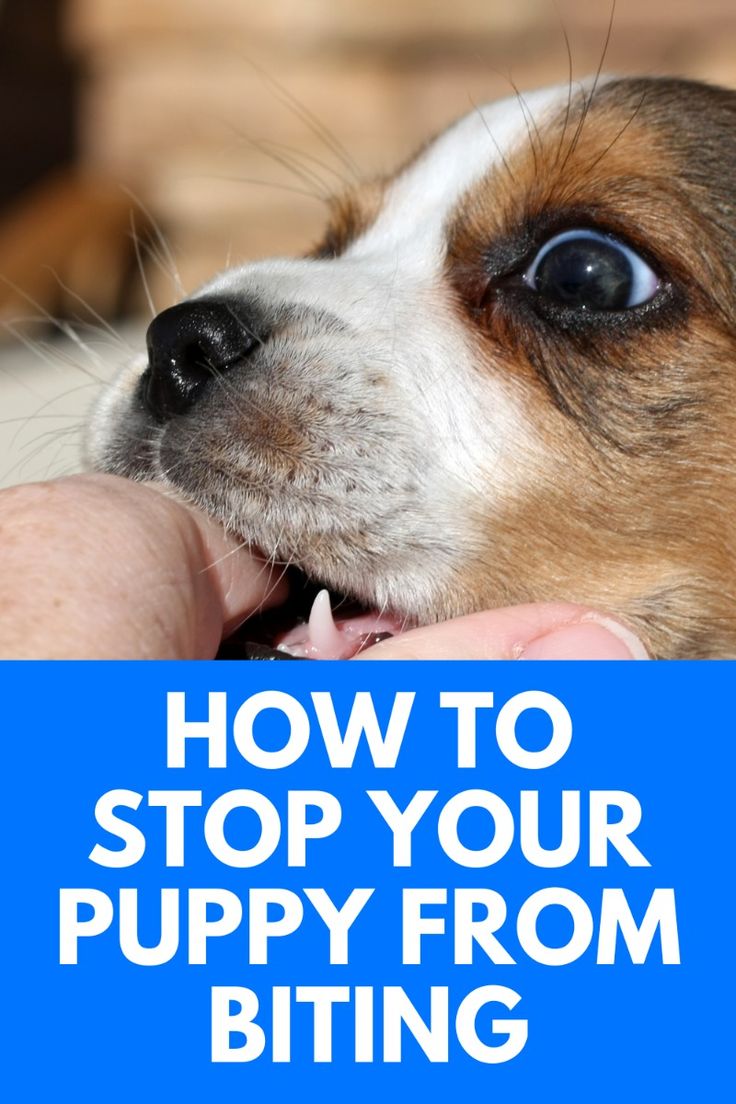
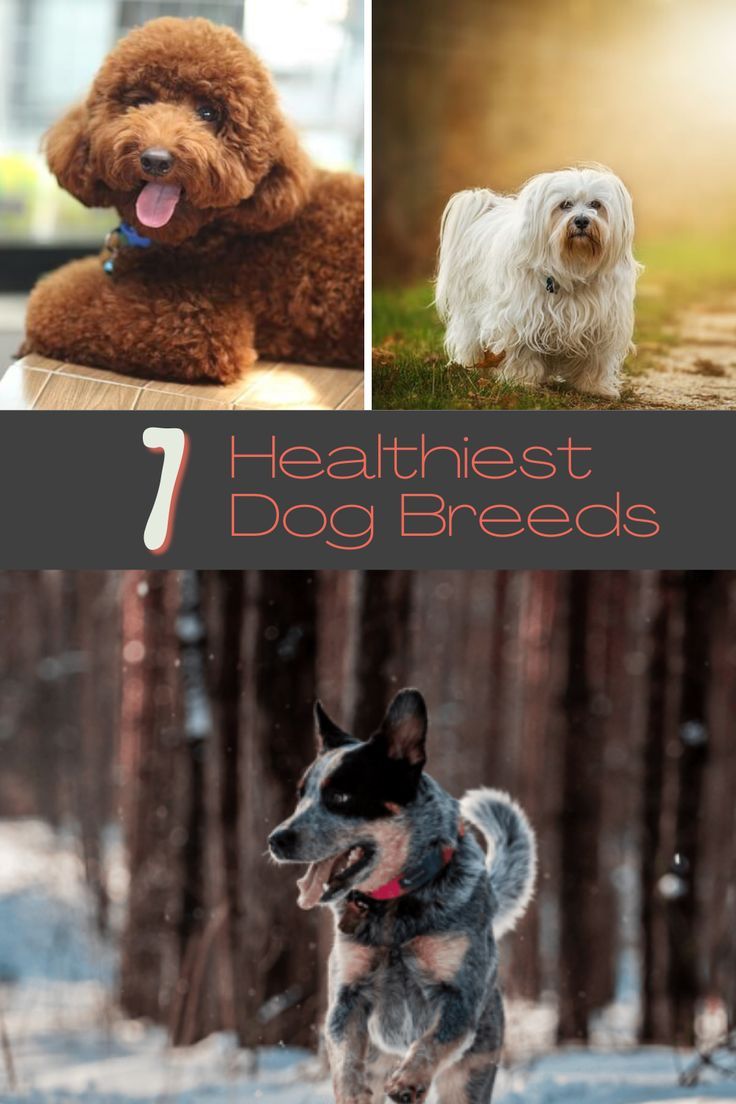

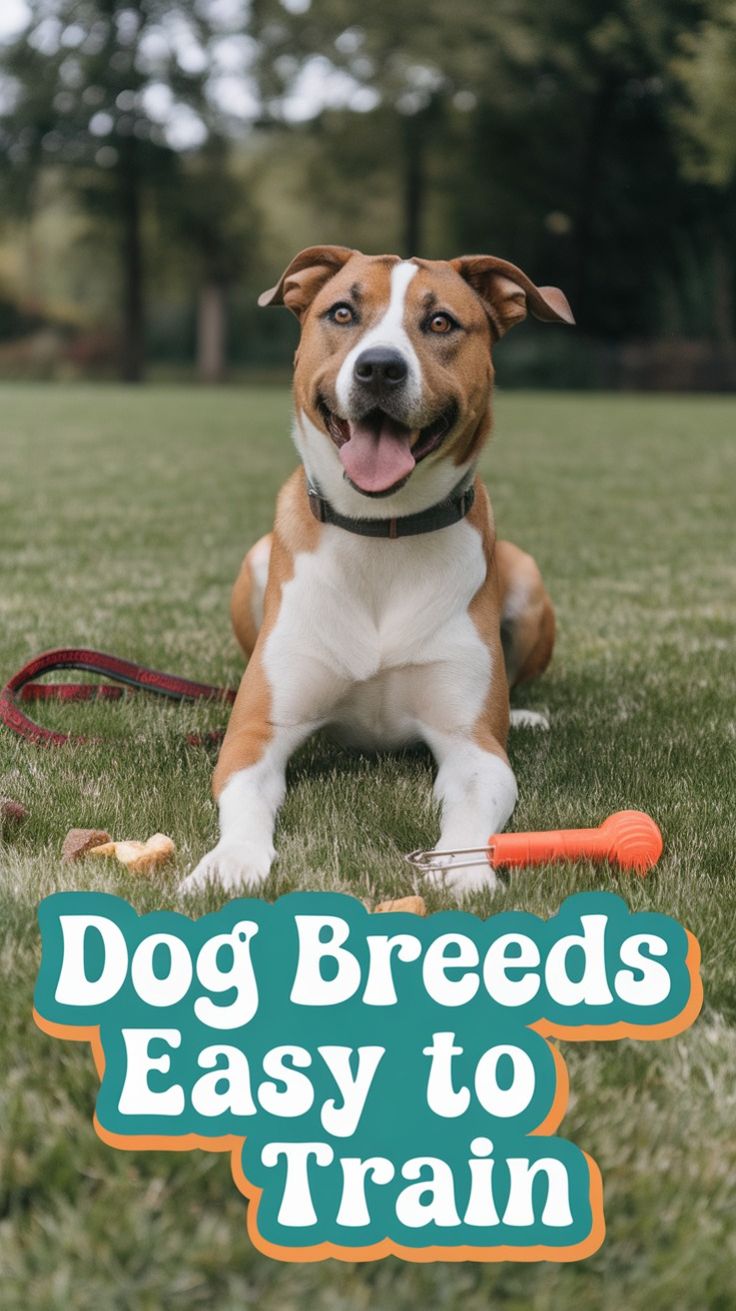
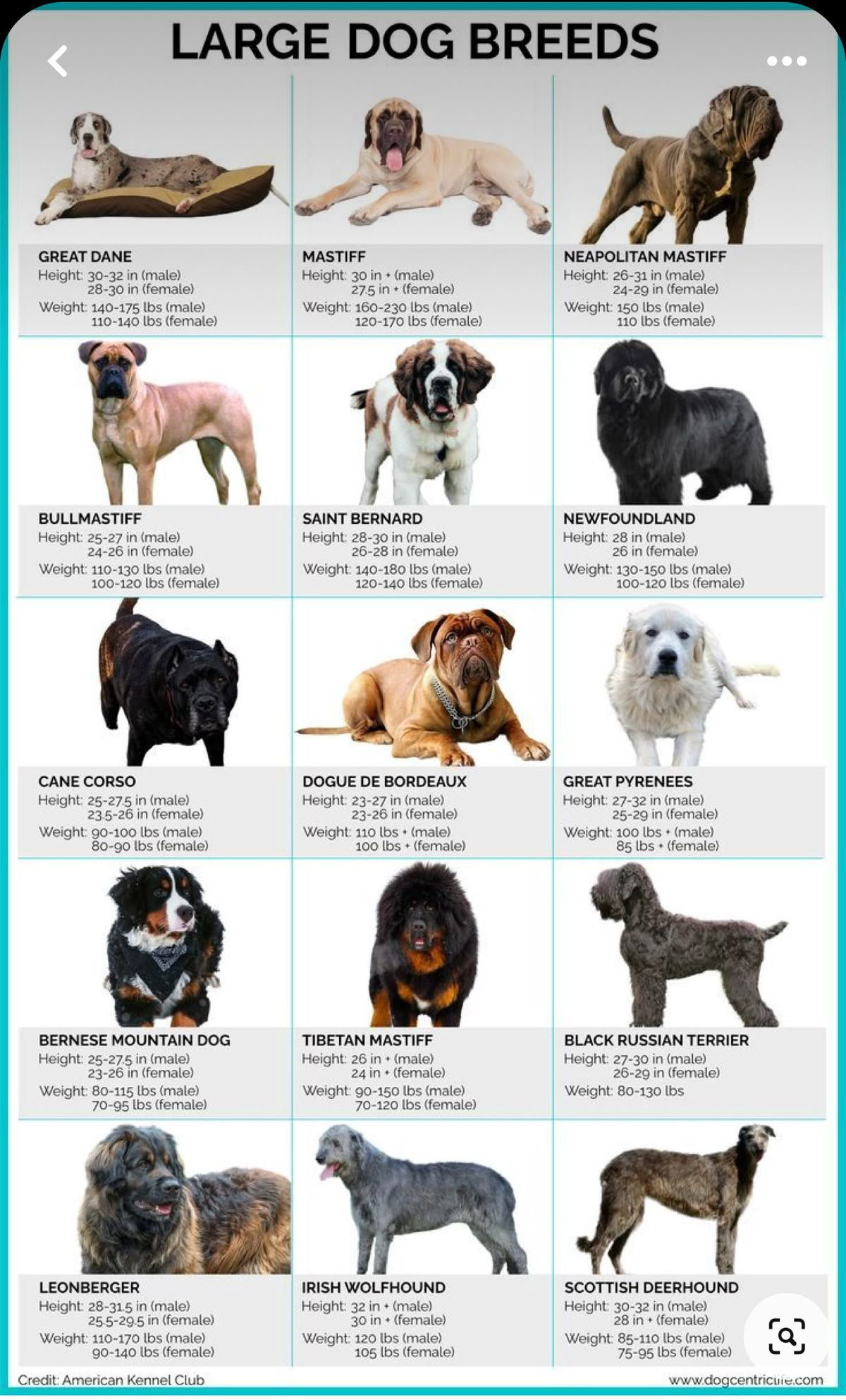

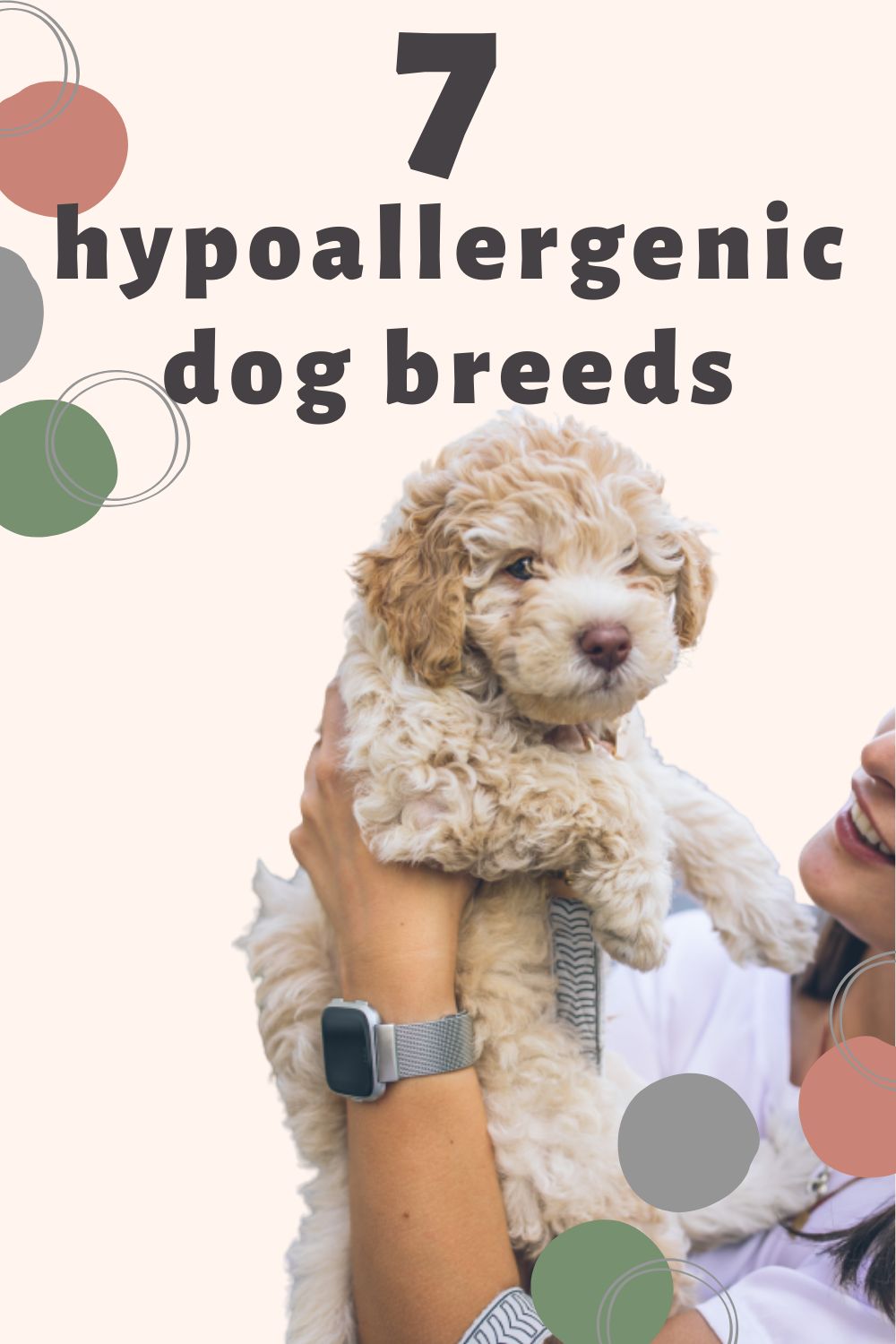
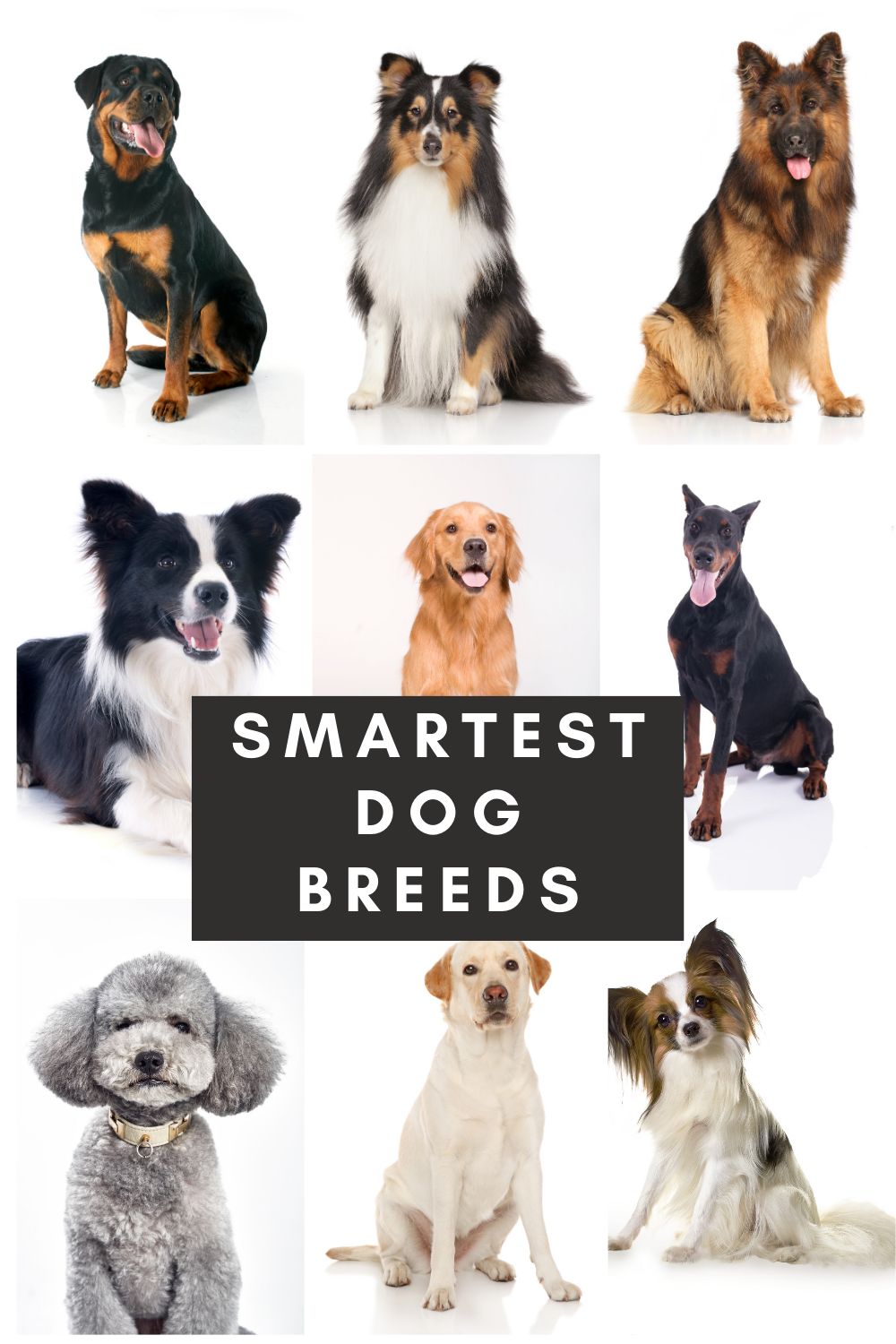
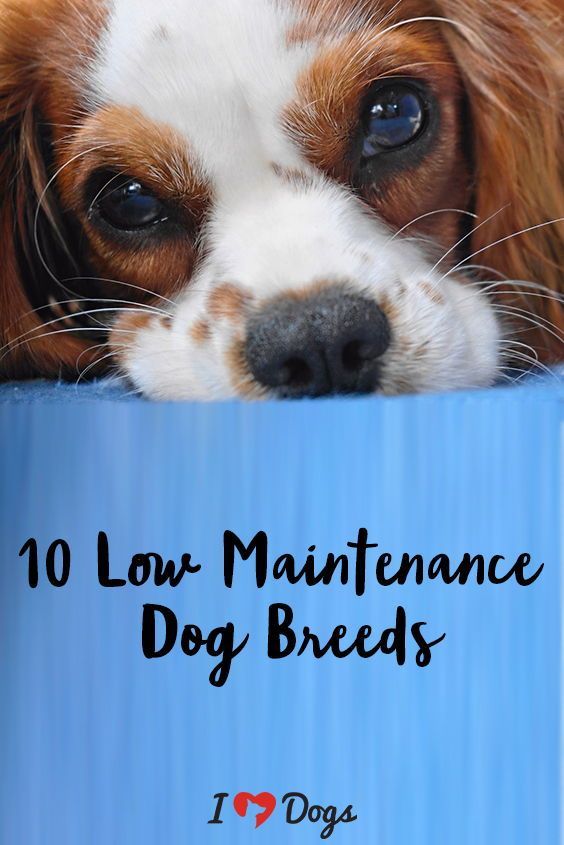


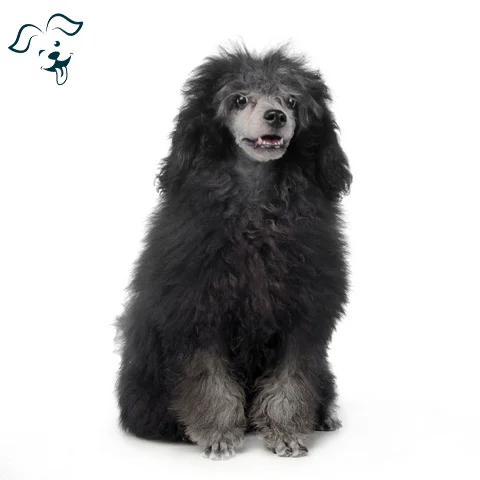
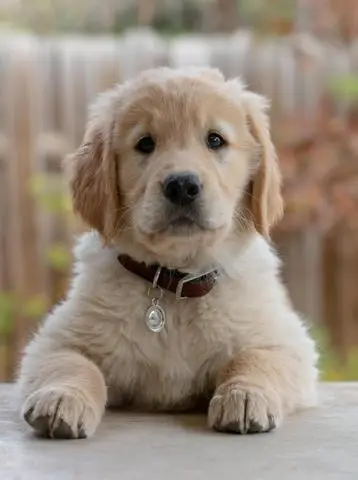
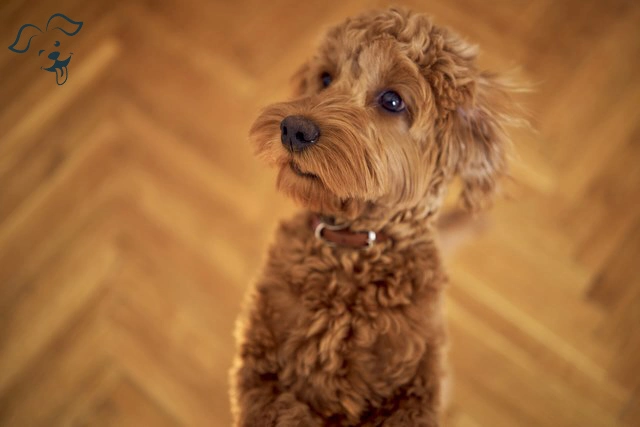
FRIENDLINESS
LIVELINESS
VIGILANCE INTENSITY
ADAPTATION CAPACITY